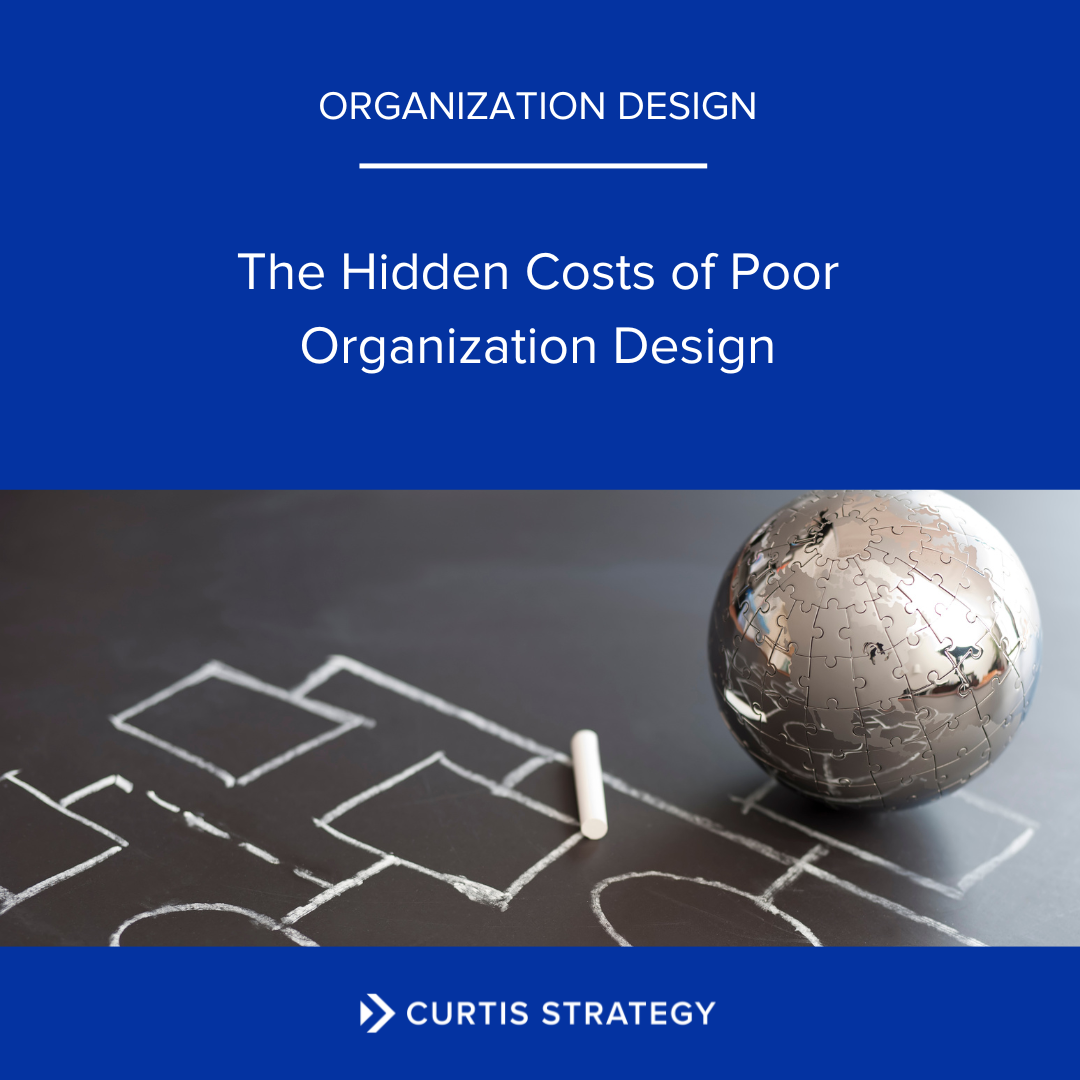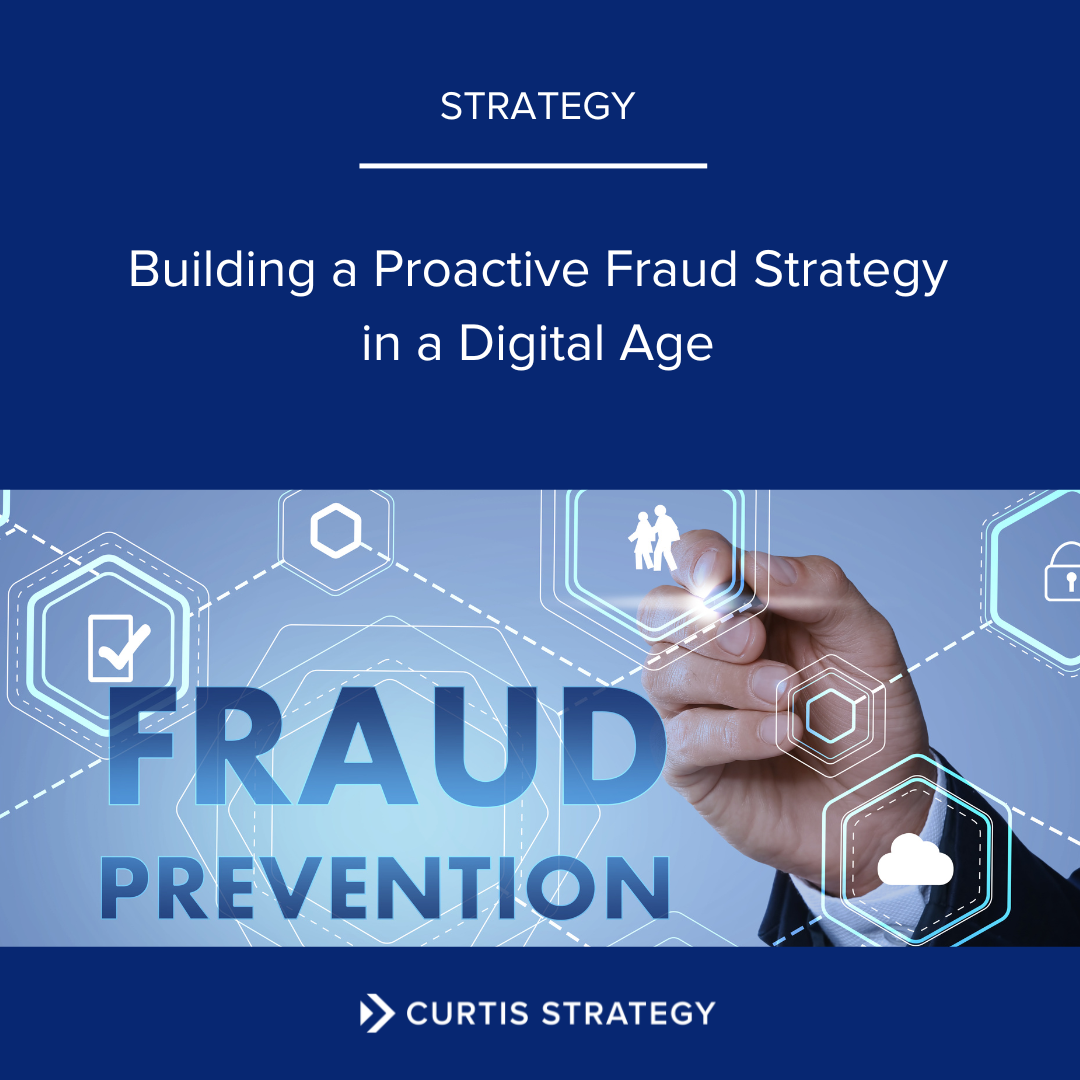
The Power of Meaningful Metrics in Driving Employee Performance
Metrics are more than just numbers—they are powerful tools that can drive inspiration and performance.
This article explores how to use metrics to define clear and objective goals, provide meaningful context for your team, and create a strong culture of feedback.
Learn how to strategically link metrics to rewards and recognition to empower employees, enhance accountability, and drive your organization's success.

Employee Development Strategies to Keep Your Talent Engaged
Elevate credit union employee engagement and retention with targeted learning and development strategies. Discover the three key phases—training, developing, and upskilling—to build a skilled, capable, and future-ready workforce.

Strategic Governance in the Age of Change
This article outlines five key strategies for credit unions to elevate their governance practices, ensuring long-term growth and relevance. Improve your credit union's capacity to evolve, expand, and enhance member value through forward-looking governance.

Driving Credit Union Success: The Strategic Importance of Culture
This article explores the critical role of organizational culture in credit unions, demonstrating how a strong, positive credit union culture drives employee engagement, productivity, innovation, and financial performance. Learn how to craft a mission-aligned culture that attracts top talent, fosters member loyalty, and secures long-term sustainability for your credit union.

Strategies for Effective Leadership Development in Credit Unions
Attract and retain top talent in today's competitive market by prioritizing credit union leadership development. Discover five crucial strategies: cultivate a mission-based culture for engagement, identify and grow leadership abilities, foster strategic thinking for future success, transform to a visionary culture, and design effective employee retention plans. Invest in your people for a stronger, more resilient credit union.

Building A Resilient Credit Union in Times of Change
Help your credit union thrive amidst change. Learn 5 essential strategies focusing on agility, leadership, innovation, data & engagement to build resilience.

Level Up Your Credit Union Governance With Executive Contracts
Should your credit union have an employment contract with your CEO? This article explores the benefits, including legal compliance, talent attraction, and risk management, and outlines key elements to include for a successful partnership.

Thriving in the Next Decade: A Strategic Guide for Credit Unions
Credit unions face a dynamic decade. This article explores key challenges—regulation, cybersecurity, membership shifts, consolidation, and workforce—and offers strategies for innovation and growth to ensure long-term success.

Five Signs Your Credit Union is Ready for Strategic Planning
Is your credit union's strategic plan outdated? This article explores key indicators that it's time for a refresh. Learn how a new plan can help your credit union thrive.

Five Signs Your Credit Union is Ready for a Board Governance Assessment
5 signs that indicate it's time for a credit union governance assessment and optimize board performance and drive success.

Five Signs Your Credit Union is Ready for a Merger or Consolidation
Is your credit union struggling with growth, succession planning, or regulatory burdens? Explore whether a merger or consolidation is the right strategic move for your cooperative. Learn about key indicators and alternative solutions to secure the long-term viability of your credit union.

Five Signs Your Credit Union is Ready for Organization Design
Is your credit union's structure hindering growth and innovation? Siloed departments, inefficient processes, and high turnover are signs you need a redesign. Learn the signs your credit union might be ready for the next generation of infrastructure and optimize your organization for peak performance, accountability, and a thriving culture.

Five Signs Your Credit Union is Ready for Succession Planning
A robust succession plan isn't just about filling vacancies; it's about safeguarding your credit union's legacy and future success. If you're relying on an outdated plan or haven't considered scenarios beyond the CEO's departure, you may be leaving your organization vulnerable. Our credit unions consultants can help you develop a comprehensive succession plan that ensures a smooth transition of leadership, preserves institutional knowledge, and positions your credit union for continued growth.

Charting the Course: A Practical Guide to Nonprofit Succession Planning
Learn how to navigate the looming leadership crisis in the nonprofit sector.
Discover common succession planning obstacles and download a step-by-step guide to ensure a smooth transition and safeguard your organization's mission.

Building a Stronger Community: The Power of Financial Inclusion in Credit Unions
Credit unions are instrumental in promoting financial inclusion by offering accessible financial services to diverse communities. Their member-ownership model makes them uniquely suited to address the needs of underserved populations, benefiting both the members and the credit union. To achieve lasting success, credit unions should adopt a three-pronged strategy focused on member, employee, and board inclusion.

The Hidden Costs of Poor Organization Design
Ever considered the impact of your credit union's structure? It plays a critical role in everything from employee morale to attracting new members. An ineffective structure can stifle growth, raise costs, and hurt your culture. Let's explore why streamlining your organization is key to building a stronger credit union.

Merging Forward: Key Considerations for Credit Unions Planning to Consolidate
Facing a competitive landscape and evolving member needs, credit unions have embraced consolidation as a strategic catalyst for growth. This trend is expected to continue, prompting the question: Should your credit union consider a merger?
While advantages like expanded offerings and economies of scale exist, potential challenges like member disengagement and cultural clashes require careful navigation and planning.
Credit union mergers are complex and require thoughtful analysis of both the benefits and challenges. While each merger is unique, these considerations can help credit unions set the stage for a successful partnership. When thoroughly evaluated, consolidation can be a win-win strategy for credit unions to expand, streamline operations, and better serve their members.

Powering Up with Digital Innovation: How Credit Unions Can Stay Ahead of the Curve
Credit unions are facing a number of challenges in today's competitive financial landscape, including rising customer expectations, disruptive technologies, and regulatory changes. By investing in the right technology and changing their culture to embrace automation, credit unions can remain competitive and better meet the needs of their members.

Building a Proactive Fraud Strategy in a Digital Age
Credit unions are a vital part of the financial system, providing their members with a safe and affordable place to save and borrow money. With incidents of fraud on the rise, especially cyber fraud, it’s more important than ever to have a comprehensive fraud prevention strategy as well as a thorough incident response plan. The four essential pillars of a proactive fraud prevention strategy are centralization; technologization; reinvestment; and continuing education.

Investing in Member Education for Financial Health
Credit unions that invest in member education are more likely to have financially healthy members. By providing members with the information and resources they need to make sound financial decisions, credit unions can help them achieve their financial goals. When building effective member education programming, credit unions need to consider both fundamental skills development as well as in-depth advanced education.
